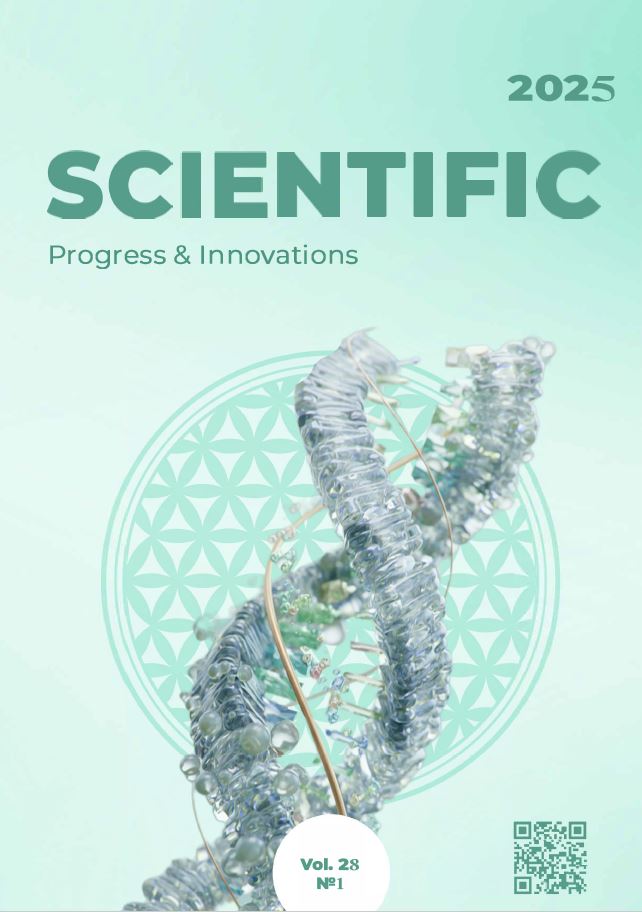Influence of soil tillage systems and crop parts in crop rotation on the pollution of sugar beet crop
DOI:
https://doi.org/10.31210/spi2025.28.01.15Keywords:
sugar beet (Beta vulgaris L.), crop rotation, degree of saturation, soil tillage, weediness, yieldAbstract
Sugar beet (Beta vulgaris L.) is a crop that is especially sensitive to weed competition, particularly in the early stages of vegetation. The aim of the research was to determine the effect of the degree of saturation of crop rotations with sugar beet and methods of basic tillage on weed infestation of fields. The study was conducted in 2010–2022 at the experimental field of the Poltava State Agricultural Research Station named after M. Vavylov. It was found that when the crop rotation is saturated with sugar beet by 10 %, the number of weeds before the first inter-row loosening is the smallest. It is important to note that the combined method of tillage contributed to a significant reduction in weed infestation compared to moldboardless loosening of soil, the difference was 13.5 pcs/m² or 16.9 %. In crop rotations where the sugar beet share reached 20 %, the total number of weeds increased regardless of the method of basic tillage. Additional increase in the saturation of the crop rotation with this crop to 30 % led to an even greater spread of weeds in the fields. Re-measurement of weeds before harvesting showed a significant decrease in their number (by 60.1–133.6 units/m² or 89.1–90.6 %). At the same time, the overall pattern of weediness dependence on the share of beets in the crop rotation and the method of soil cultivation was preserved. The analysis of the biological composition of weeds in sugar beet fields showed that the predominant share was made up of annual species. There was also a clear tendency to change the ratio of biological groups of weeds depending on the share of this crop in the crop rotation. Thus, in a 10-seed crop rotation with one sugar beet field, the share of annual weeds was 92.5–93.5 %, and perennial weeds was 6.5–7.5 %. In crop rotations with two and three fields of sugar beet, a gradual increase in the proportion of annual species (96.6–98.5 % and 98.6–99.0 %, respectively) and a decrease in perennial weeds (1.5–3.5 and 1.1–1.4 %, respectively) was noted. Thus, the results of the experiments confirm the importance of an optimal combination of crop rotation and effective soil cultivation methods for controlling weed infestation of sugar beet fields.
Downloads
Published
How to Cite
Issue
Section
License
Copyright (c) 2025 Scientific Progress & Innovations

This work is licensed under a Creative Commons Attribution 4.0 International License.

 Creative Commons Attribution 4.0 International Licens
Creative Commons Attribution 4.0 International Licens